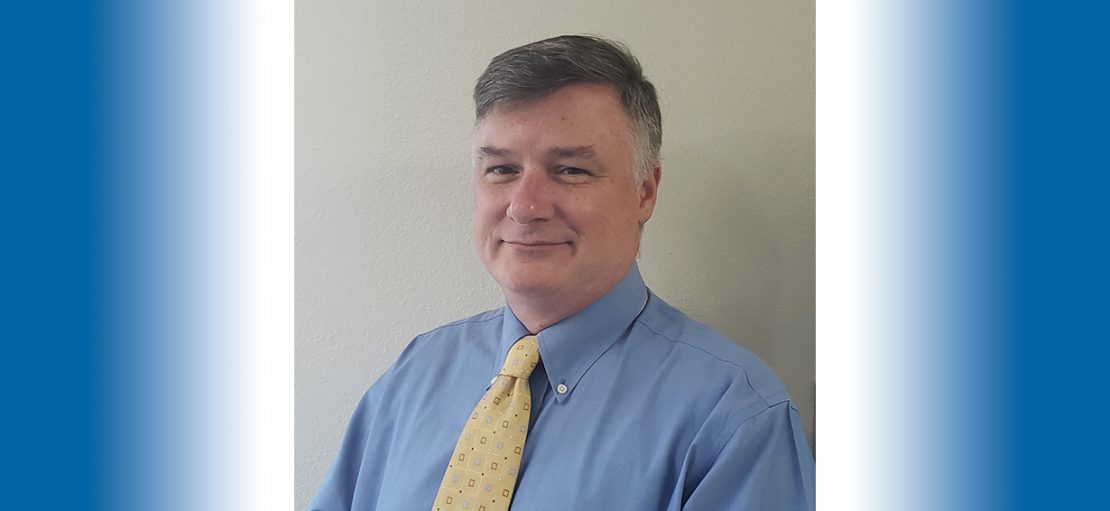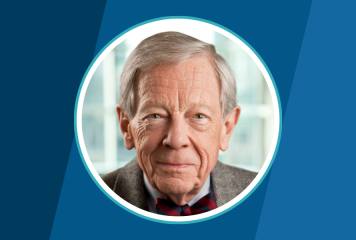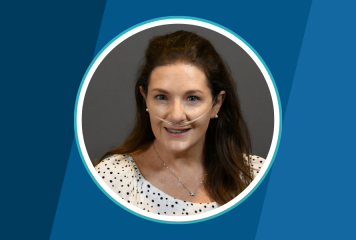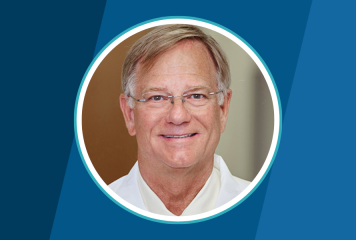David E. Good, MD, is a general cardiologist at the Alaska Native Medical Center, a United States Air Force Reserve Flight Surgeon and a Commander of the 477th Fighter Group Aerospace Medicine Flight at Joint Base Elmendorf-Richardson in Anchorage, Alaska. He has served as a member of the ABIM Cardiovascular Disease Board since 2021.
What does a flight surgeon and commander in the United States Air Force Reserve do?
The main difference between a civilian cardiologist and a flight surgeon is that we’re responsible for making sure pilots meet the physiological requirements for whatever flight they have to do. For example, fighter pilots have different requirements than transport or bomber pilots. If they have a condition that disqualifies them from the kind of flight they’re on, I have to determine what effect it’s going to have and make a recommendation of whether that’s acceptable or not. If we can make a safe exception, there’s a process to get them back in action.
How often do pilots receive a cardiovascular checkup?
Typically, we see pilots once a year. If they have an ongoing condition, we follow them more closely. The Federal Aviation Administration does the same thing for commercial pilots. The main difference is that we’re interested in whether they can eject, run on the ground—some of them are in active combat but when they are in a combat zone another physician is taking care of them there.
How did you end up in Alaska?
I was in private practice in New Mexico and after being on-call for five years, I decided to start looking for something elsewhere. There was an opening at the Alaska Native Medical Center, and I’d worked with a Native American reservation in New Mexico before. It’s been very interesting.
What is different about being a cardiologist in Alaska as opposed to the lower forty-eight?
Everything up here is just about logistics: getting people in and out, especially with the Natives system. We’ve got maybe a thousand people living in a place the size of Delaware and the distances are huge. Some of them are coming from the ends of the Aleutian Islands or the Arctic Circle. The weather is frequently bad. A lot of our pilots have to take a helicopter to a place that has a cardiology unit and it might be days or hours until they can get in because of the weather. So we tend to keep people in town longer to do follow-ups and get them stabilized.
One advantage we had was doing a lot of telemedicine before COVID-19 started, so we were on the leading edge of that. When I got to Alaska they had been doing telemedicine for 15 years which was unusual at the time.
There’s a lot of rheumatic heart disease here, too, which is uncommon in other places. Probably because a lot of people here were never in a position to treat rheumatic fever from group A Streptococcus with antibiotics. That’s decreasing, however, and we don’t see that in younger patients.
How was the pandemic different in Alaska?
The main difference is we had a very good public health system, especially in the Native communities. There had been a lot of tuberculosis, for instance, and a lot of other bad outbreaks in the past—influenza, diphtheria, etc. So they were well positioned to deal with a public health emergency like that.
The other thing is, a lot of these towns are extremely isolated. All of their contact with outsiders is by air, so they were in a good position to choke off those points of contagion. But for the same reason, when we got an outbreak, the whole town got it.
Alaska had good vaccination rates and because of that we had extra ICU capacity. The biggest difference up here is just very small numbers of people.
How are your patients in Alaska different from those in other states?
They’re not except for what they do, which is a lot of hunting—in Utqiagvik, they still go whaling in skin boats. People here may generate 80-100% of their own food. What people don’t realize about living in Alaska is there’s a lot of food here but it’s intermittent; you just have to go get it when it’s available and get a year’s worth of food in two or three months. So that’s a sign when your older patients stop going to fish camp, they’re starting to go downhill. It also affects how you schedule procedures because if they’re out hunting or at a fishing camp they’re not coming in to the hospital.
What do you do when you’re not working?
I go fishing—maybe 10, 15, 20 times in the summer. But music is really my main hobby. I play guitar and that’s something I’ve always loved to do and tried to keep up with. I play a little banjo and my wife lets me have a drum set in a very insulated room. When I worked in New Orleans, I played with a few other doctors. A lot of doctors are musicians, something about bad handwriting and music. It’s an artistic science.
Why did you join ABIM Governance and what is the value to you?
A friend of mine asked me to do it, and I’ve done this job long enough that I get the bigger picture and what the usefulness of certification is. I wanted to be part of that and it’s been fantastic. Seeing how the Specialty Board operates and how the assessments are created has been extremely helpful and eye-opening for me. I think we’ve done some good work.



